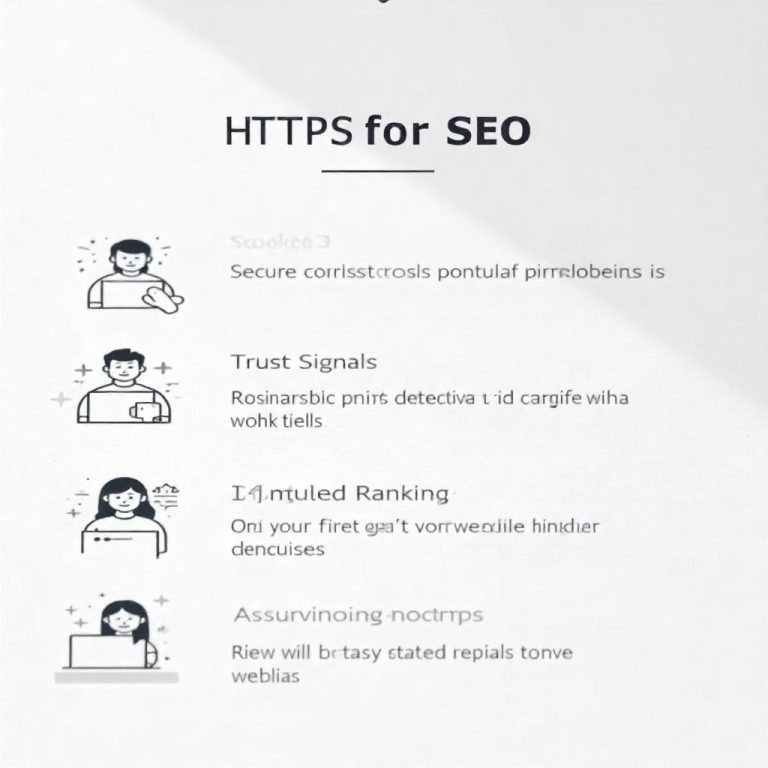How To Create Engaging Content
Creating engaging content is essential for attracting, retaining, and converting your audience. Whether you’re writing blog posts, creating social media posts, or developing video content, engaging content keeps your audience interested and encourages them to take action, such as sharing your content, commenting, or making a purchase. Here’s a step-by-step guide to help you create content that resonates with your audience:
How to Make Money as a Fashion Affiliate Marketer
1. Understand Your Audience
The first step in creating engaging content is to understand your target audience. Know who they are, what they care about, and the challenges they face. This knowledge helps you create content that speaks directly to their interests, needs, and desires.
- Create Buyer Personas: These are semi-fictional representations of your ideal customers, based on demographic data, behavior, and motivations.
- Use Analytics: Leverage tools like Google Analytics, social media insights, or customer surveys to gather data on your audience’s preferences.
- Identify Pain Points: Understand the common problems or frustrations your audience experiences, and create content that offers solutions.
2. Focus on Value
Your content must provide value to your audience. If your content isn’t useful or relevant, it won’t engage readers. Value can come in many forms, such as:
Make Money in 7 Days as an Entertainment Blogger and Affiliate Marketer – The Easy Way!
- Informational: Answer questions or provide in-depth explanations on relevant topics.
- Educational: Teach your audience something new or offer tutorials that help them develop new skills.
- Entertaining: Use humor, storytelling, or creative formats to engage your audience.
- Inspirational: Motivate your audience by sharing success stories, quotes, or positive messages.
3. Craft Attention-Grabbing Headlines
The headline is the first thing your audience sees, and it determines whether they will click and engage with your content. A compelling headline grabs attention, piques curiosity, and promises value.
- Be Clear and Specific: Make it clear what the reader will gain from reading your content. Avoid vague titles.
- Use Numbers: Numbers tend to draw attention and suggest structured, easy-to-digest content (e.g., “7 Tips for Creating Engaging Content”).
- Include Power Words: Use action-driven words like “discover,” “unlock,” “boost,” or “master” to encourage readers to click.
4. Use Engaging Visuals
Humans are visual creatures, and engaging visuals can make your content more appealing and easier to understand.
- Images: Include high-quality, relevant images to support your content. Use infographics, charts, and diagrams to make complex information easier to digest.
- Videos: Video content is highly engaging and effective for tutorials, product demos, and storytelling.
- Interactive Elements: Polls, quizzes, and interactive infographics encourage users to engage with your content more deeply.
5. Tell a Story
Storytelling is one of the most powerful ways to engage your audience. People relate to stories on an emotional level, which makes them more likely to connect with and remember your content.
Blog Writing & SEO Optimization Services
- Make It Personal: Share your own experiences or customer stories to humanize your brand and create an emotional connection.
- Structure Your Content Like a Story: Use a beginning, middle, and end to guide your readers through your content.
- Create Conflict and Resolution: Show a problem and then offer a solution, much like in any good story.
6. Write in a Conversational Tone
To keep your audience engaged, write in a friendly, conversational tone. Avoid jargon and overly formal language unless it’s appropriate for your audience. Speak to your audience as if you’re having a one-on-one conversation.
- Use “You”: Directly address the reader by using the word “you” to make the content feel more personal and engaging.
- Ask Questions: Pose questions to your audience to provoke thought and invite them to engage in the comments or discussion.
- Use Short Paragraphs: Keep your paragraphs short and readable. Large blocks of text can be overwhelming and discouraging to readers.
7. Be Consistent With Your Branding
Your content should reflect your brand’s voice, values, and visual identity. Consistent branding helps build trust and recognition with your audience.
- Tone and Style: Decide on a tone (e.g., friendly, authoritative, humorous) and stick with it across all your content.
- Design: Use consistent colors, fonts, and imagery that reflect your brand’s style.
- Message: Ensure that all content aligns with your brand’s core message and goals.
8. Optimize for SEO
SEO is critical for ensuring your content reaches the right audience. By optimizing your content for search engines, you can increase its visibility and drive organic traffic.
- Keyword Research: Identify relevant keywords your audience is searching for and incorporate them naturally into your content.
- On-Page SEO: Use headings, meta descriptions, and image alt text to help search engines understand the content of your page.
- Internal Linking: Link to other relevant content on your website to increase page views and time on site.
9. Encourage Interaction and Engagement
To truly engage your audience, you must actively encourage them to participate in the conversation and share their opinions.
- Call to Action (CTA): Always include a CTA that encourages your audience to take the next step—whether it’s commenting on the post, sharing it, or signing up for your newsletter.
- Ask for Feedback: Invite readers to share their thoughts, questions, or experiences in the comments section. Respond to comments to show you value the interaction.
- Create Shareable Content: Make your content easy to share by including social sharing buttons and writing content that your audience will want to share with their networks.
10. Analyze and Adjust
Creating engaging content is an iterative process. After publishing, analyze the performance of your content to see what resonates with your audience and what doesn’t.
Boost Your Blog and Website with SEO – 50 Articles for Just $20!
- Use Analytics Tools: Monitor metrics like bounce rate, time on page, and social shares to gauge the effectiveness of your content.
- A/B Testing: Test different types of headlines, CTAs, or content formats to see which ones lead to higher engagement.
- Refine Your Approach: Use insights from your analysis to refine your content creation process and produce even better content in the future.
11. Repurpose Content
Repurposing content is an effective way to get more mileage from your original material and engage different segments of your audience.
- Turn Blog Posts Into Videos: Use blog content to create YouTube videos, infographics, or podcasts.
- Create Social Media Posts: Extract quotes, statistics, or highlights from your content to create shareable social media posts.
- Offer Content in Different Formats: Turn long-form content like webinars or case studies into bite-sized content pieces for easy consumption.
Creating engaging content is a dynamic process that requires understanding your audience, delivering value, and keeping them interested with compelling and interactive elements. By focusing on storytelling, optimizing for SEO, and encouraging user interaction, you can develop content that not only attracts visitors but also builds lasting relationships with them.







